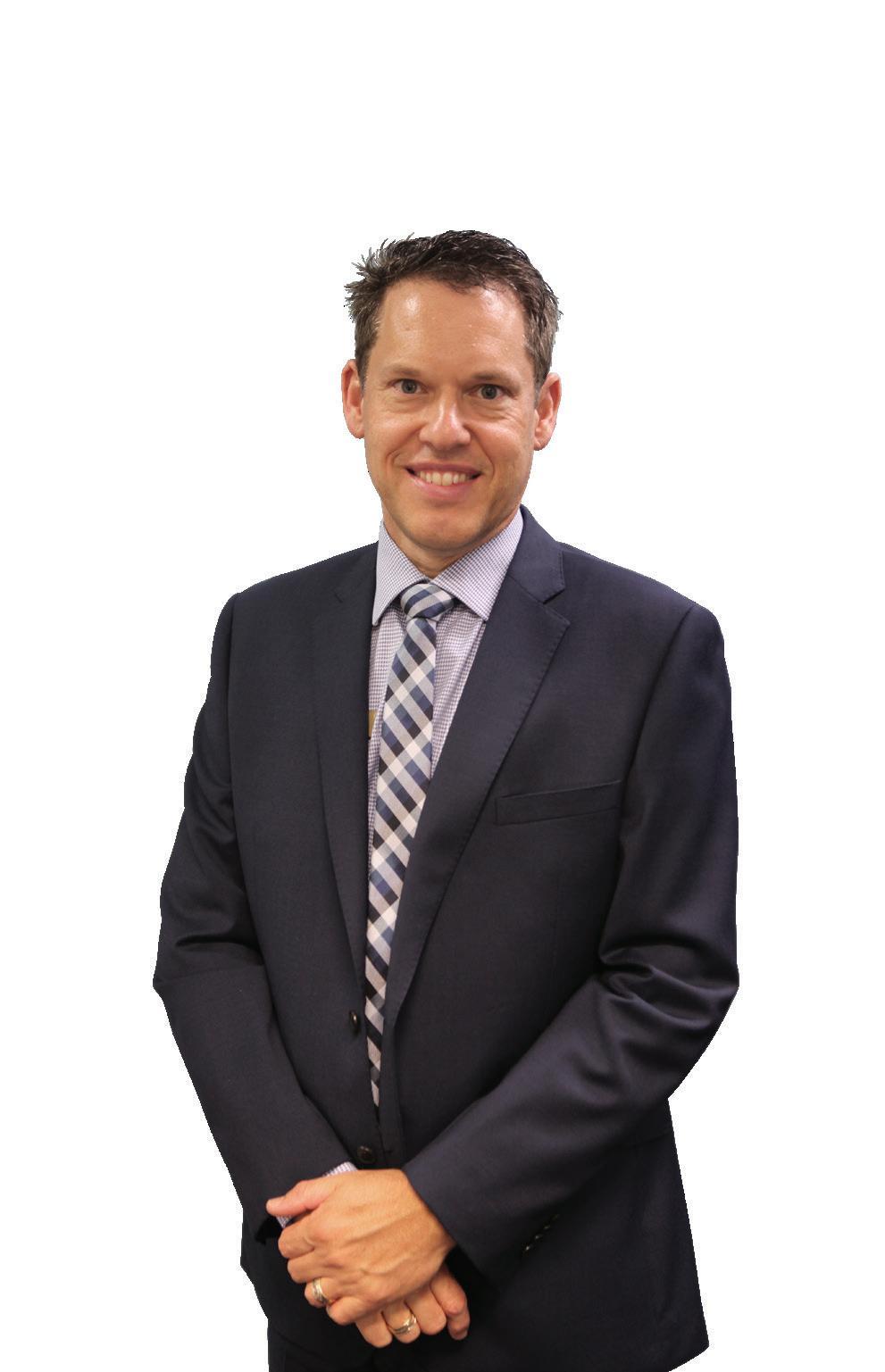
4 minute read
Message from the CEO
Across the nation, the Australian Government, state governments and local governments work together to provide communities with the services we need. Sometimes this work is done in partnership. For instance our major arterial road networks in Queensland are managed by the Department of Transport and Main Roads, while local councils such as the Scenic Rim Regional Council manage and maintain local road networks.
At each level of government, taxes are collected to raise money to provide communities with services and infrastructure. At the local government level, councils raise only three per cent of taxes, however, are required to maintain 70 per cent of all roads and 35 per cent of all infrastructure assets.
In the Scenic Rim, we maintain almost $1 billion of infrastructure assets for our communities. This includes 962 kilometres of sealed roads, 793 kilometres of unsealed roads, 247 major culverts, 130 vehicle bridges, 15 pedestrian bridges and 80 kilometres of pathways. We maintain 43 playgrounds, four libraries, four swimming pools, 220 buildings, 66 public toilet facilities, and 129 parks, reserves and camping grounds, which cover 426 hectares of land.
We manage these assets across an area covering more than 4,200 square kilometres, with a team of less than 400 full time employees. Back in the 2010 financial year, our workforce consisted of more than 1.1 full time employees per 100 residents. Today this number sits at around 0.88 full time employees per 100 residents, yet our population has increased by more than 6,000 people in that time. That is, less employees delivering more value for ratepayers, our customers. For the 43,625 people who call the Scenic Rim home, and for those who choose to do business here, it is important that we are efficient, effective and economical with our public resources, provide excellent service delivery and continually improve. And we are driven to achieve this - every day. We are under pressure to meet the needs and expectations of our communities, and we work hard to do this. And we are doing more, with less. Our team of employees work hard to provide better customer outcomes and improved services while managing increasing costs and challenges such as responding to disasters and the global pandemic. They are passionately committed to our customer focus journey and are enthusiastic about our modernisation program. Often, they are working with inefficient systems that are frustrating, and they too seek change to do their jobs more effectively and efficiently. This year, our operational costs will be delivering the next round of efficiencies. We know our customers want better online services and tools, faster turnarounds and more transparency. This all comes at a cost. To deliver new initiatives costs money - it is that simple. In preparing the budget, we work from the ground up - from zero. Our teams don’t receive an automatic budget to spend - they must carefully analyse what they will require to deliver the expected and implied base standards of services that our community expects. And then it is up to Councillors to balance the cost of services and savings for our ratepayers against the loss of service or levels of service. They are also required under legislation to think beyond their own division for the good of the region - for the whole Scenic Rim. This sometimes means there may not be a new capital project in a particular area, however we are committed to strategically planning for our major infrastructure projects and have a series of asset management plans to guide our future planning for both capital and maintenance of our assets.
Each year we produce a 10-year capital program, which is publicly available as part of our Community Budget Report. This publication shows the capital projects we are targeting across the region, and includes our roads, bridges, drainage, footpaths, waste management, council facilities, fleet and our Vibrant and Active Towns and Villages program. We are focused on growing the economy sustainably and supporting our local businesses to help stimulate local jobs for local residents, which is the primary goal of our Scenic Rim Regional Prosperity Strategy 2020-2025. Small business is a cornerstone of the Scenic Rim economy and community, making up more than 98.5 per cent of the region’s businesses. This is why Council joined the Small Business Friendly Councils initiative, which reinforces the importance and relevance of the many Council activities and programs that support small business. A key function of our procurement process is to prioritise local businesses, and our monthly spend locally, which is consistently increasing, is reported on publicly each month. Our goal is to ensure fair procurement and prompt payment terms. Importantly, we are committed to strong financial governance, which was recognised by the Queensland Auditor-General in the latest Local Government Report. Out of 77 local governments across Queensland, Scenic Rim Regional Council was in the top thirty per cent of Councils who are financially sustainable. This is something that I am extremely proud of especially as we continue to balance long-term financial sustainability strategy forecasts for revenue against operational and capital expenditure requirements. As a team, we are honoured to deliver services in partnership with our communities across the Scenic Rim region to ensure it prospers.
Jon Gibbons Chief Executive Officer









